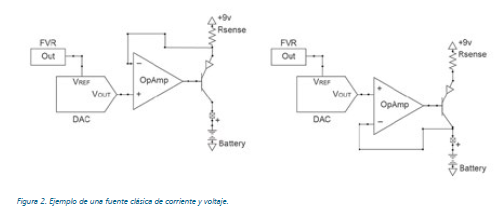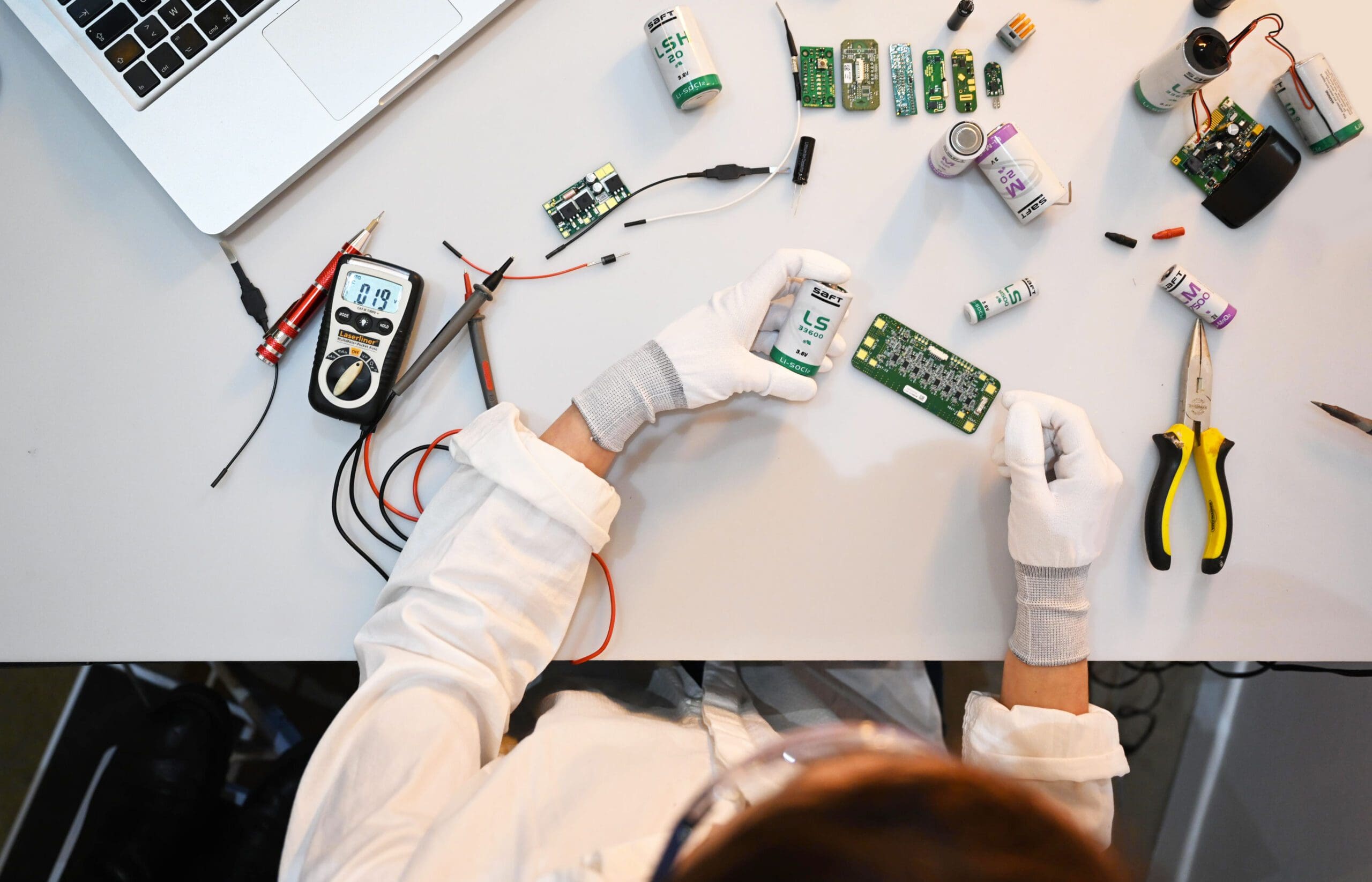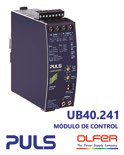The biggest challenge facing new developers of charging algorithms and new battery chemistries is coming up with an Application Specific Integrated Circuit (ASIC) design. Without silicon, new batteries and new charging algorithms have no way of acquiring customers, and without customers, or at least potential customers, they can't entice ASIC manufacturers to spend development money to create an ASIC. It's the classic chicken or egg problem. As a result, many battery chemistries and charging algorithms never see the light of day. However, the recent introduction of new families of smart analog chip microcontrollers, such as the PIC16F18446, may represent an alternative to the ASIC battle. These microcontroller families can include a long list of analog and mixed-signal peripherals, such as voltage comparators, op amps, analog-to-digital converters (ADCs), digital-to-analog converters (DACs), voltage references, ramp generators , Digital Pulse Width Modulations (PWM) and even logic blocks. Using these blocks, it is a reasonable jump to build a smart charger to show the new battery or algorithm.

Let's take an example: a simple charger that first charges constant current and then switches to constant voltage (ie a standard LiPoly charger profile). Now we have a couple of options, either a DC system or a switched mode. Let's stick with the DC system for simplicity. Therefore, we need a current source, a voltage source, and a switch to go from one to the other. Figure 1 shows a classical current source on the left and a voltage source on the right. Now if we look closely, we can see that they are more or less the same. The only difference is the inverting input to the op amp and the value out of the DAC. If we put a comparator on the battery voltage and generate an interrupt when the battery voltage goes above 4.1V (see Figure 2), then all the firmware needs to do is change the configuration of the inverting input on the op amp. and load a new value into the DAC. Now, it may not be as simple as this; the charger may be pulsed or may require a switched mode charger for efficiency.

Well, as for the load voltage/current pulsing, the typical op amp peripheral has an enable bit in its control register, so all that is required for pulsing is a periodic interrupt to turn on and off. turn off the op amp peripheral. Implementing a switching converter is a bit more work, but it can still be done with on-chip peripherals. This is shown in Figure 3. The circuit shown is a switched mode voltage source. To convert it to a switched mode current source, simply switch the output feedback from the battery to a current sense resistor between the battery and ground. One thing to note is that the compensation loop will probably have to change as well, but even that can be done with two networks and a simple firmware routine to change which input controls the inverting input. Even the switch can be pulsed similar to the DC circuit by simply turning off the timer and op amp on the switch. The end result is that a combination of firmware and peripherals can implement almost any loader function:
- constant current
- constant voltage
- pulsed current
- Pulsed Voltage Plus, adding additional features, options, algorithm settings, monitoring functions, or even emergency shutdown functions to a design is as simple as making a firmware change. So, using these new microcontrollers, both battery and charger developers can develop proof-of-concept chargers that they can show off to their customers.

In fact, for small to medium production runs, microcontrollers can be pre-programmed, marked with a unique part number, and delivered directly to your customer, making the device look and feel like a custom charger ASIC. Another point to consider is the desire of some customers to combine multiple data management functions. chemical potential energy on a single device. These devices can include chargers, backlight controllers, fan controls, and even gas meter functions, all within a single chip. By initially generating a microcontroller-based design, the battery/charger designer can further increase industry acceptance by licensing their intellectual property to the customer, or a third party, to design the required composite power device. Customers can take advantage of preprogramming and customer part number marking to further hide their design work from competitors until their design reaches sufficient production quantities to justify creating their own composite ASIC design.







